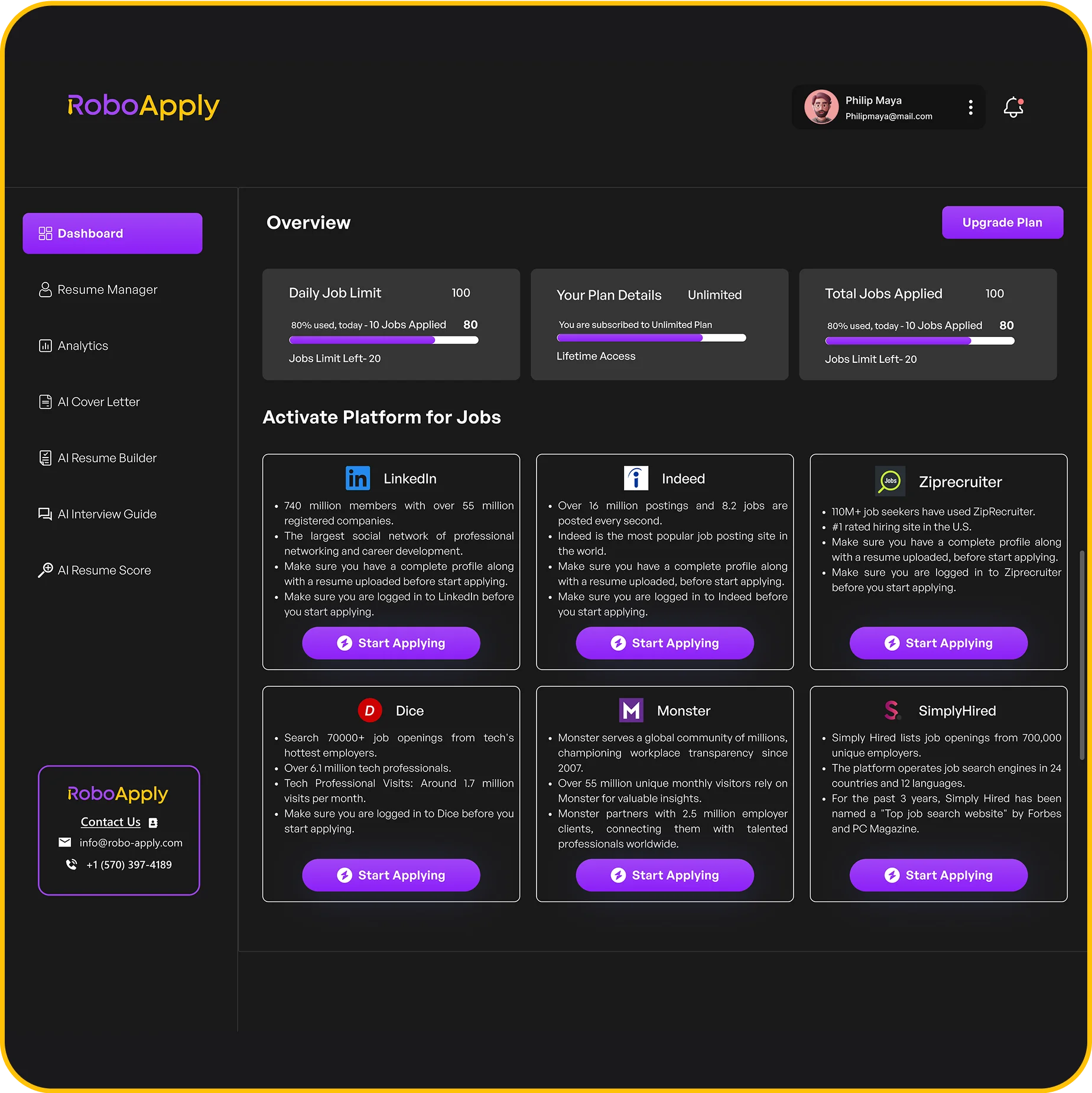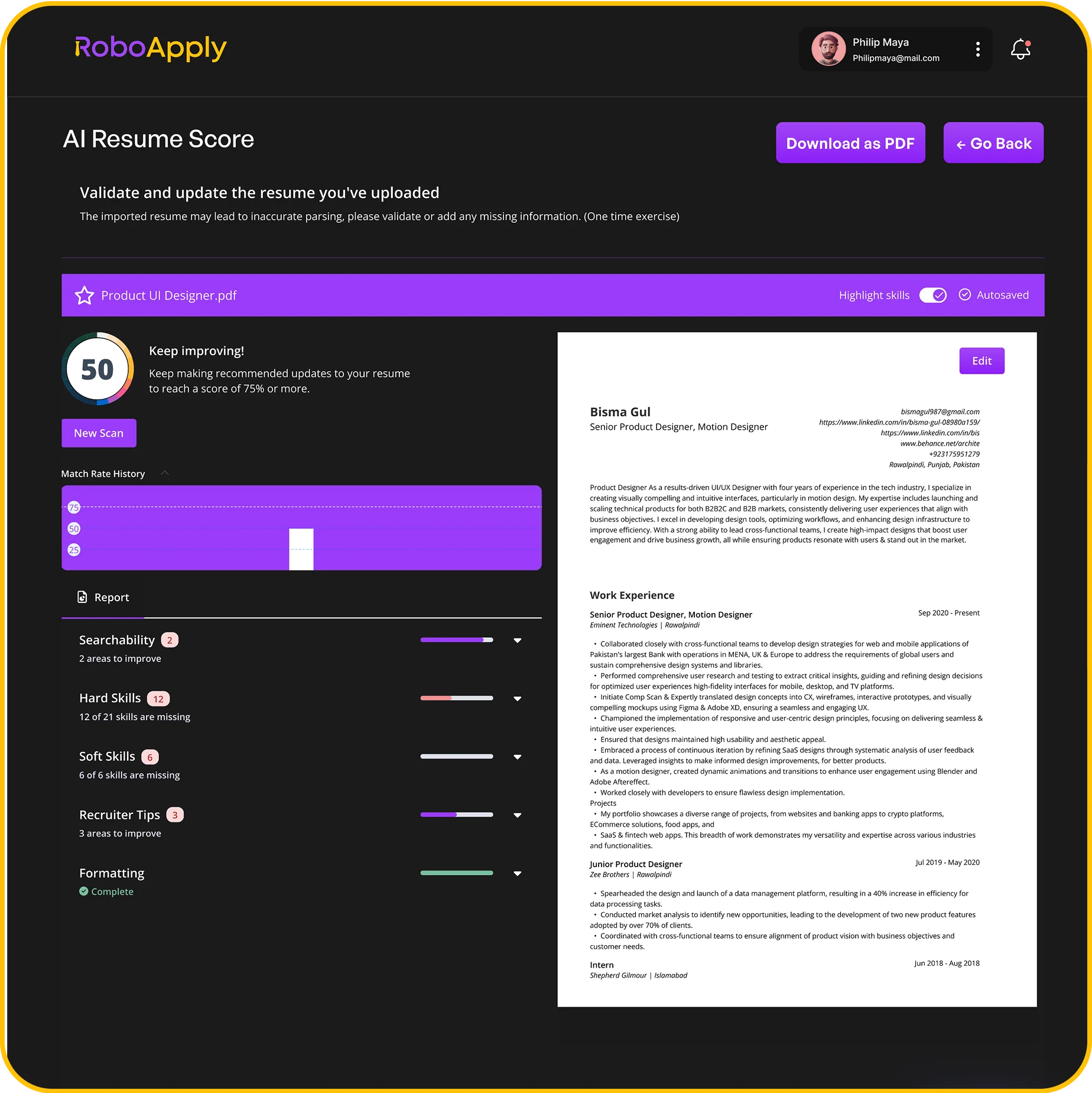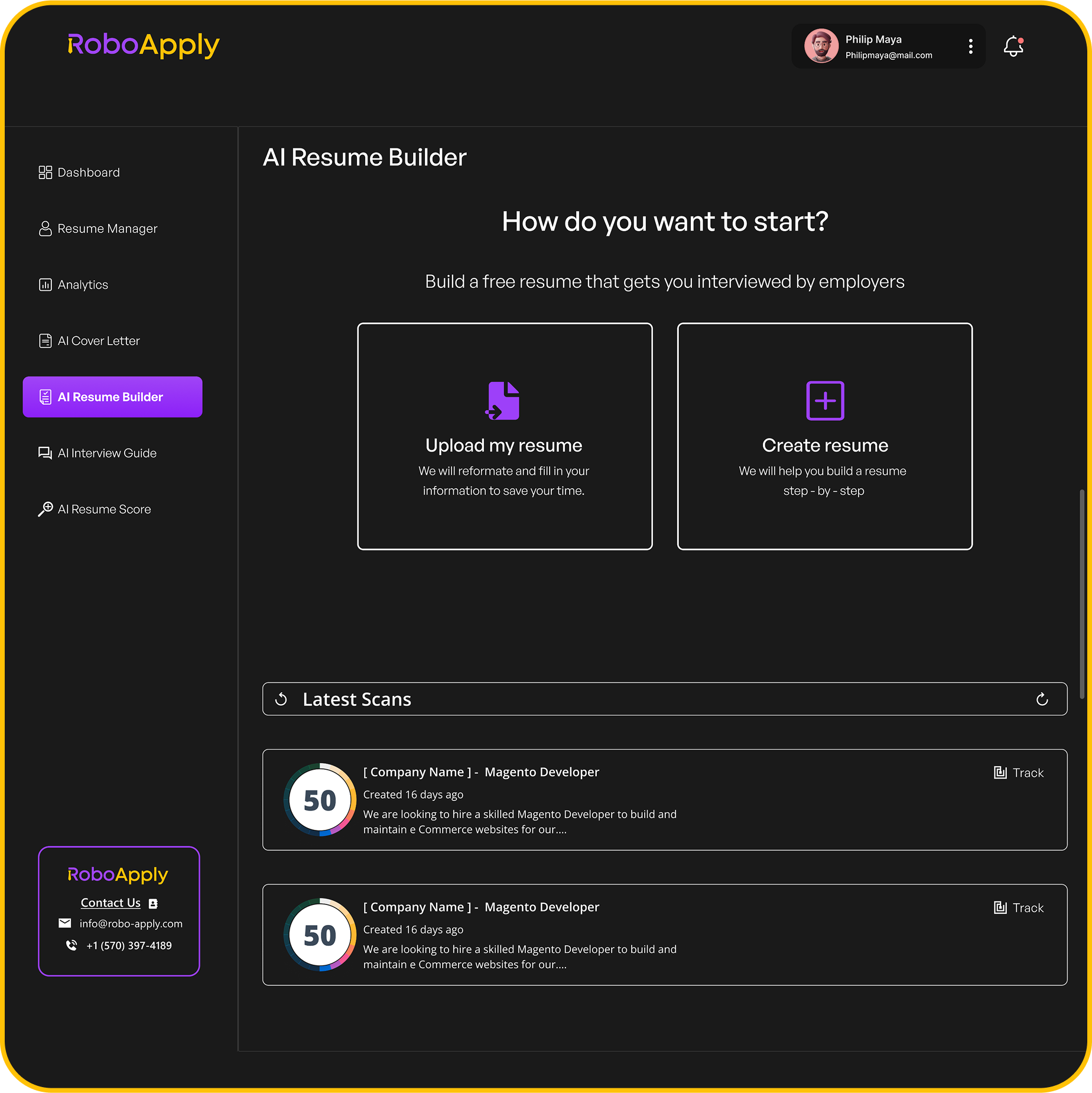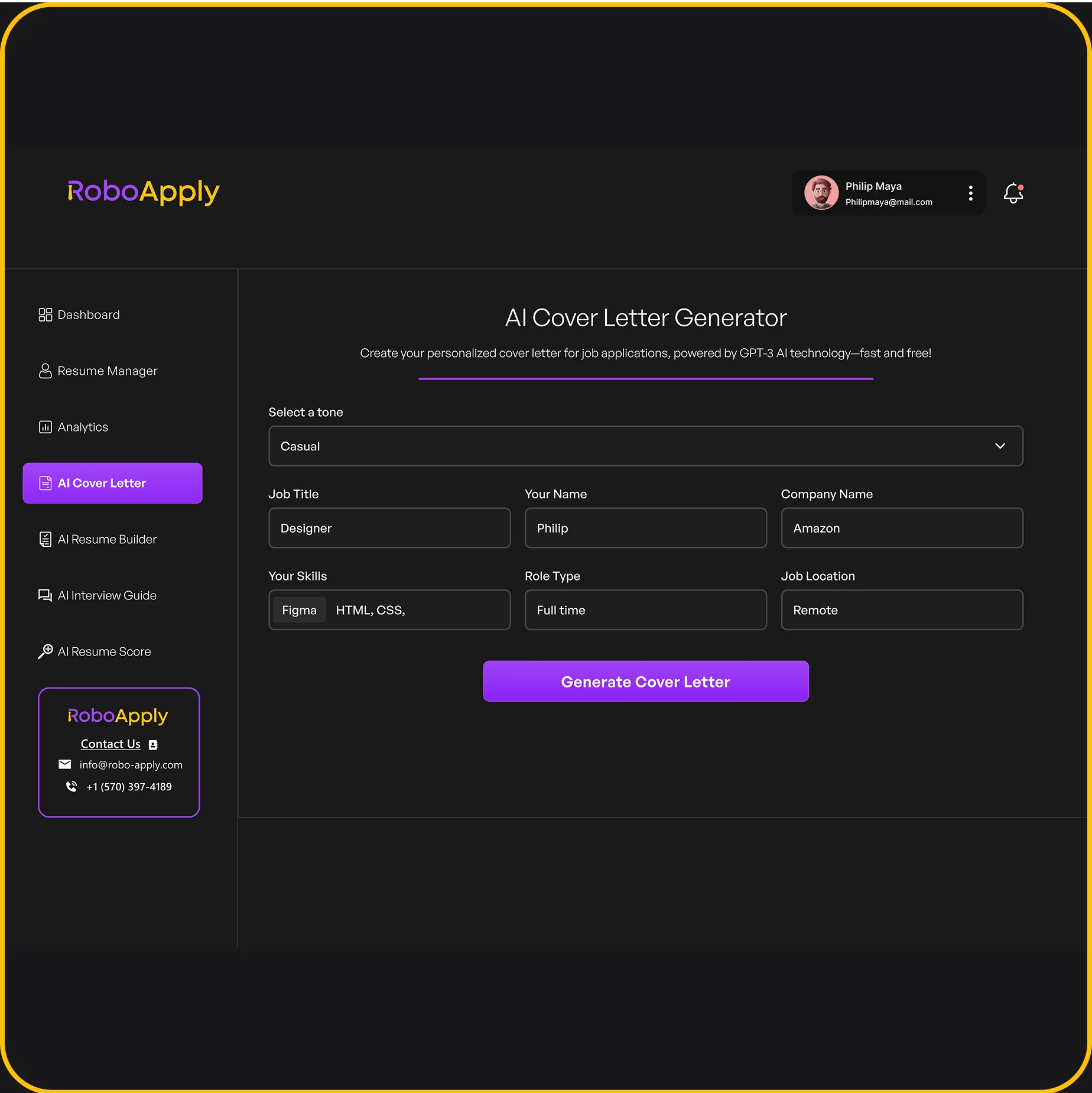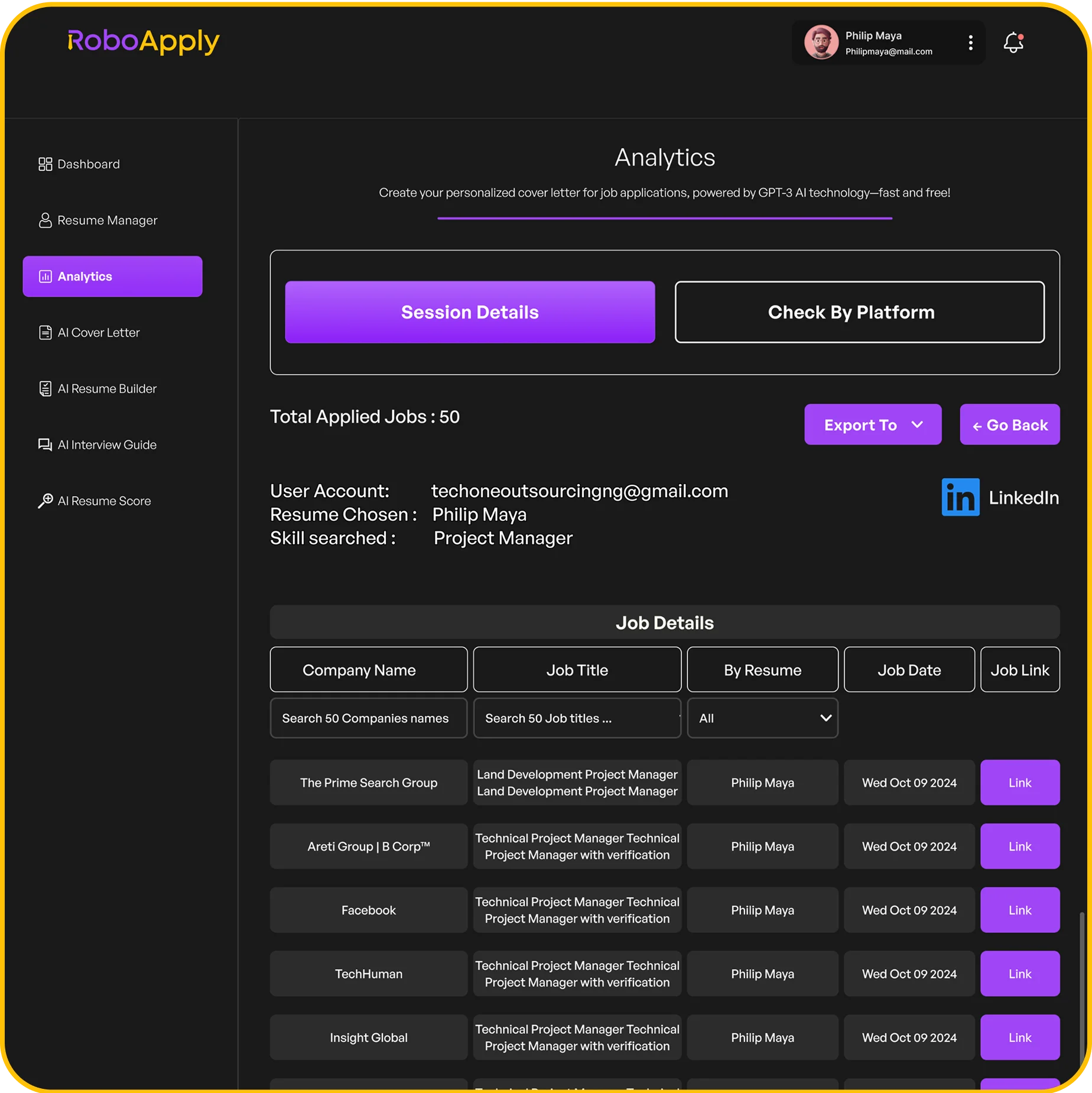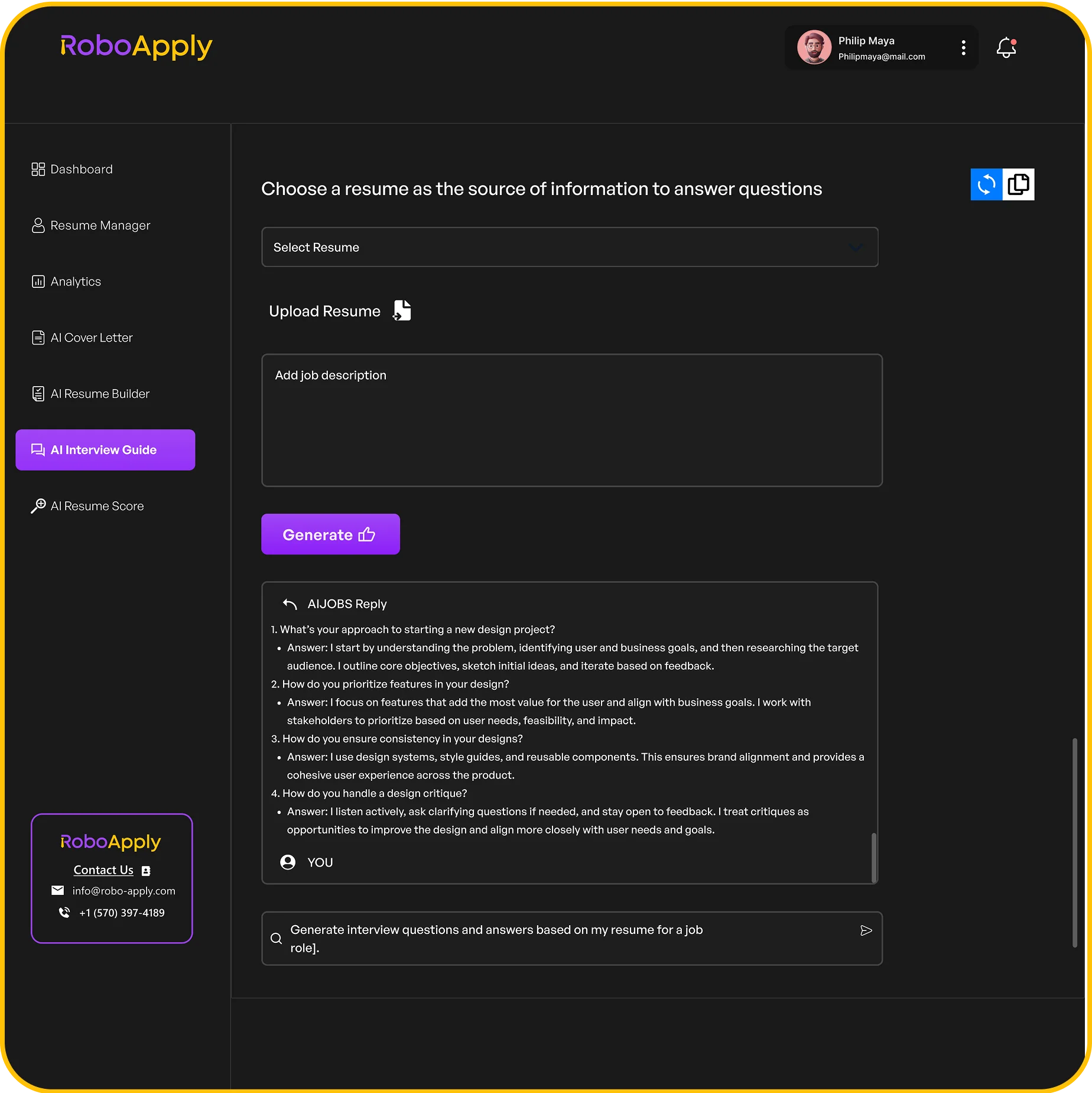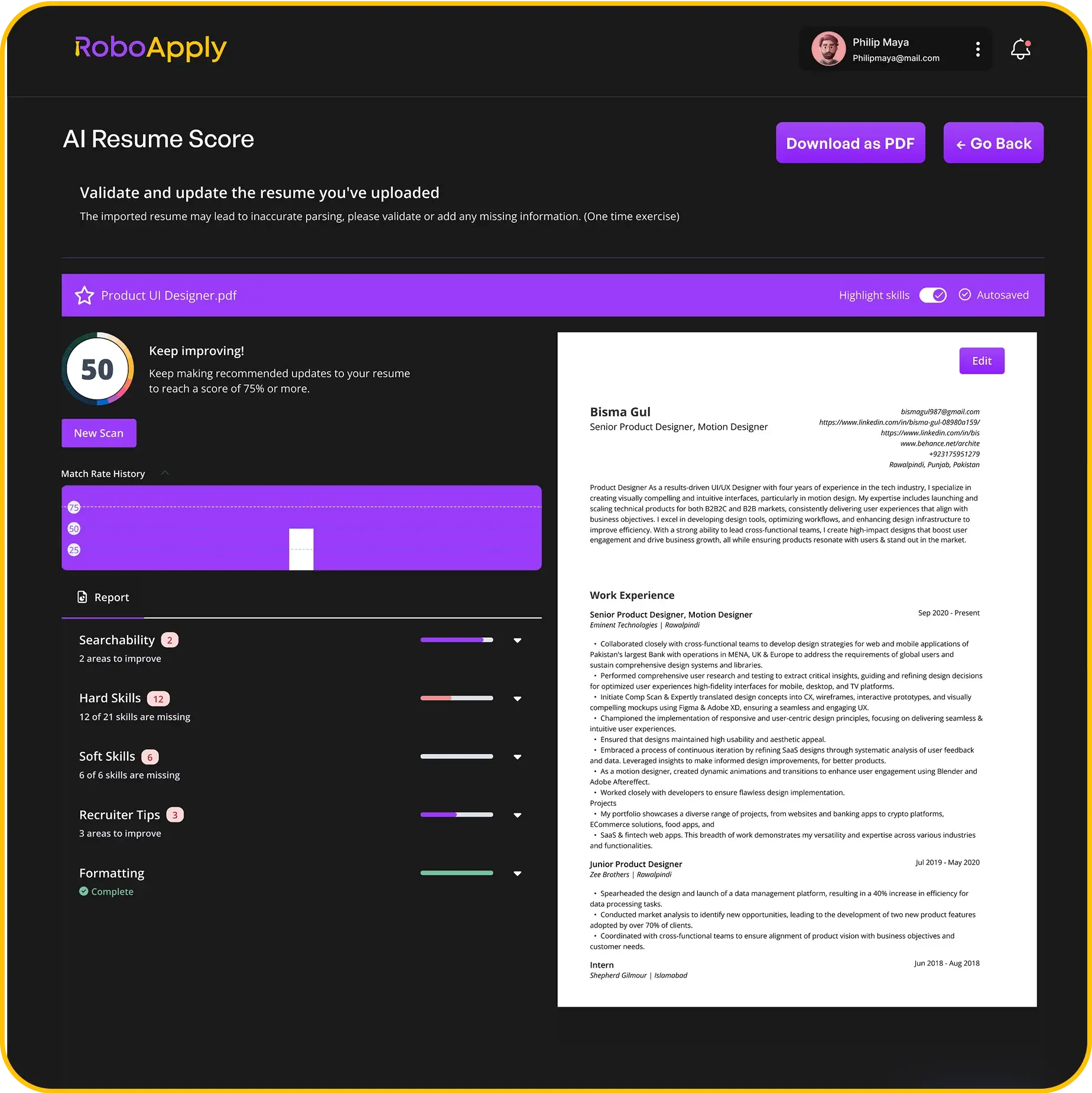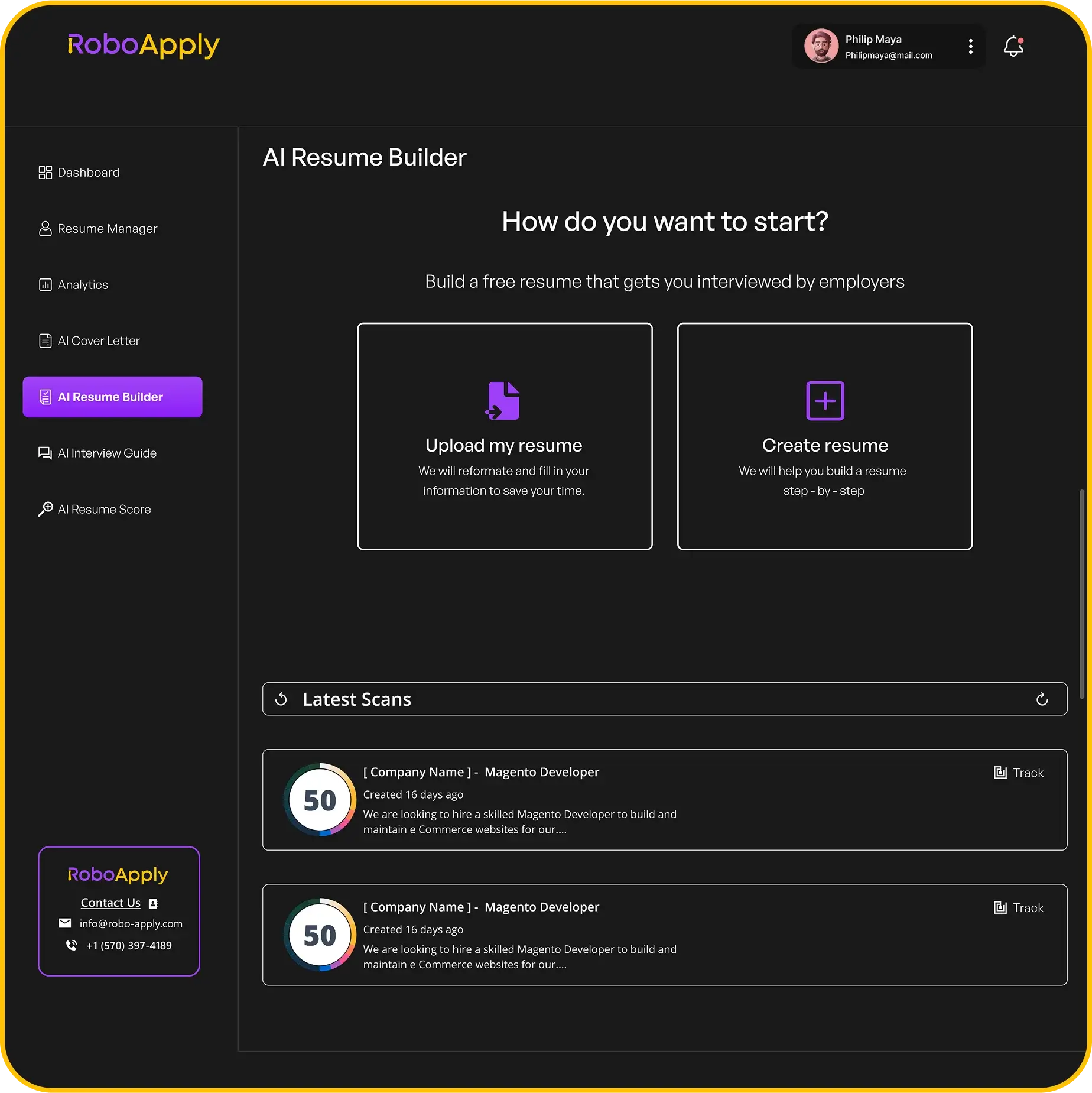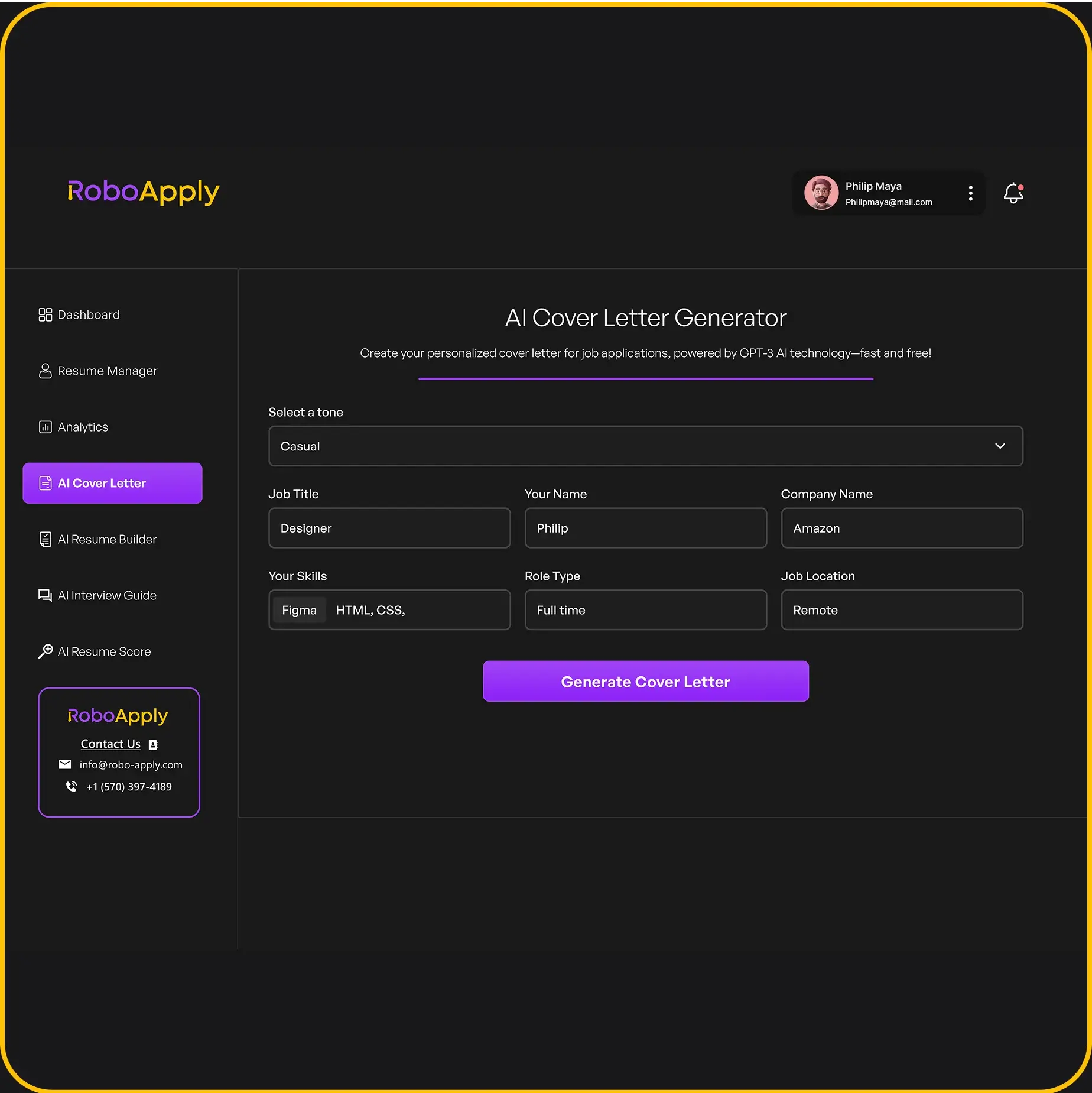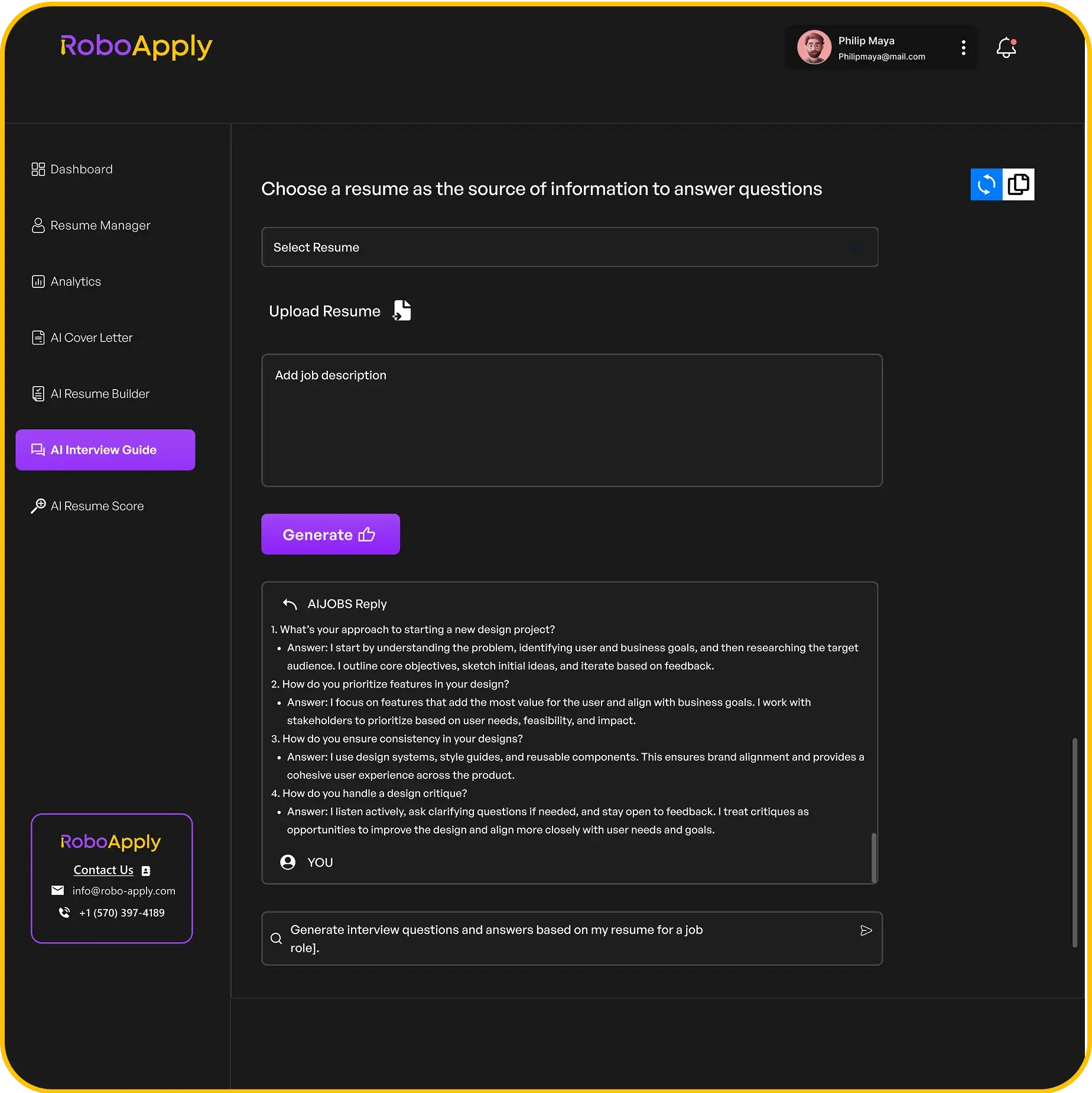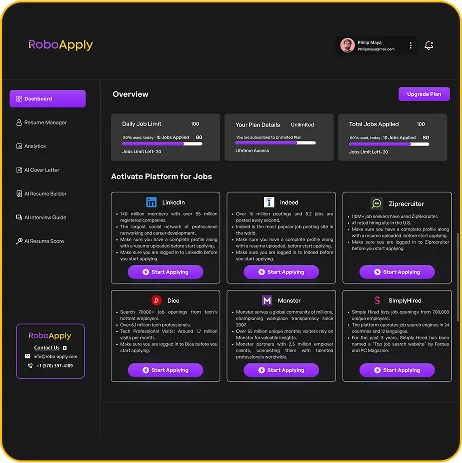So, you want to make videos without all the fuss? Good news! The world of AI video generators is blowing up, and by 2025, there are some seriously cool free options out there. This article is all about finding the best free AI video generator to help you get your creative ideas onto the screen, even if you’re on a tight budget. We’ve checked out a bunch of them to see which ones actually deliver on their promises. Let’s get into it and see what’s what!
Key Takeaways
- Many free AI video generator tools are available in 2025, each with its own good points and bad points.
- Consider what you need a free AI video generator for, like simple social media clips or more involved projects, before picking a tool.
- Testing out a few different free AI video generator options is a smart move to find the one that fits your style best.
1. InVideo
InVideo is an AI video generator that aims to make video creation easier. It lets you make videos with AI-created visuals and realistic voiceovers in different languages. It’s pretty handy if you need to whip up something quick.
I remember this one time I needed a promo video for a local charity event, and I was totally swamped. I gave InVideo a shot, and honestly, it saved my bacon. I just typed in a basic script, tweaked a few settings, and boom – a decent-looking video was ready in no time. It wasn’t perfect, but it was way better than anything I could have made from scratch. Plus, the AI voiceovers sounded surprisingly natural. If you’re looking to create engaging videos without spending hours editing, InVideo is worth checking out.
InVideo is a solid option if you need to produce videos quickly, especially if you’re not too worried about super-fine details. It’s all about speed and convenience.
Here’s a breakdown of what InVideo brings to the table:
- AI-Powered Text-to-Video: Turns scripts and articles into videos automatically. Great for those "faceless YouTube" channels or repurposing content.
- 5000+ Customizable Templates: Jumpstart your video creation with professionally designed templates. Covers needs from YouTube intros to social media ads.
- AI Tool Extras: Features like text-to-clip are available.
InVideo offers a free plan and paid subscriptions with more features and export options. The paid plans start around $28/month. For more details on InVideo AI pricing, check out their website. It’s web-based, so you don’t need to download anything – just use it in your browser.
One tip: start with a template that matches your idea. It’ll make the whole process faster. Also, play around with different features to see what the platform can do. I found that experimenting helped me get the hang of it pretty quickly. If you are looking for a tool that prioritizes speed, InVideo AI is a good choice.
2. Synthesia
Synthesia is an AI video generation platform that lets you create professional-looking videos without needing cameras, actors, or microphones. It uses virtual avatars and AI-generated voiceovers, making it a convenient and cost-effective option for various content creation needs. While it’s primarily a paid service, the free trial allows you to experiment and create a few videos to explore its capabilities. Synthesia excels at producing high-quality talking-head videos, ideal for corporate training, explainer videos, product demos, and personalized marketing. Imagine creating engaging training videos in multiple languages with ease. Or picture producing product updates quickly, bypassing traditional video production hurdles.
Synthesia is valuable because it’s user-friendly, delivers professional results, and has powerful features. Its focus on AI avatars and multilingual capabilities fills a market need. This makes Synthesia an efficient way to create engaging video content without the complexity of traditional video production. Synthesia’s text-to-video feature is highly praised by reviewers for its ability to transform scripts into professional-quality videos, proving to be a crucial tool for users.
Synthesia is a great tool for creating videos quickly and easily. It’s perfect for businesses that need to create training videos, marketing videos, or explainer videos. The platform is easy to use, and the results are professional-looking.
- Synthesia is known as the top AI avatar app, excelling in text-to-speech video generation and realistic avatars.
- Synthesia is valuable for its user-friendliness, professional results, and powerful features.
- Synthesia excels at producing high-quality talking-head videos. These are ideal for corporate training materials, explainer videos, product demos, and personalized marketing messages.
If you’re looking to showcase your SAP skills on your resume, remember to highlight both your technical proficiency and soft skills like communication and problem-solving. Tools like RoboApply can help you tailor your resume to specific job descriptions, ensuring you stand out to potential employers.
3. Google Veo

Google Veo is making waves, especially with its latest iteration. It’s designed to generate videos from text prompts, and the results are getting seriously impressive. I remember when AI video was just a blurry mess, but Veo is changing that. It feels like a real step forward.
One thing that sets Veo apart is its ability to create coherent scenes. It’s not just about generating random clips; it’s about crafting something that resembles a story. The consistency between shots is pretty good, and you can actually start to see a directorial vision emerge. Of course, it’s not perfect. You still get the occasional weird face or glitch, but overall, it’s a big leap.
I spent an afternoon messing around with Veo, and I was genuinely surprised. The videos it produced were far better than I expected. The characters looked consistent, the transitions were smooth, and the overall mood was spot on. It’s not quite ready for Hollywood, but it’s getting there.
Veo comes in a couple of versions, with Veo 3 being the latest and greatest. Let’s break down the pros and cons of each:
Veo 3
Veo 3 feels like a significant jump in AI video quality. The visuals are crisp, and the ability to generate AI audio natively is a game-changer.
- Native audio generation (sound effects, ambient noise, and even dialogue) is a huge plus.
- The video quality is top-notch.
- It shows amazing prompt adherence and physics.
However, it’s not all sunshine and rainbows:
- It’s expensive, and there’s no free plan.
- No image-to-video functionality (at least for now).
- Lip-sync can be inconsistent at times.
- Subtitles rarely work correctly.
To get your hands on Veo 3, you’ll need either the Google AI Pro plan ($19.99/month) or the Google AI Ultra plan ($249.99/month). Ultra subscribers get higher generation limits with daily refreshes. You can access Veo 3 via Gemini or Flow.
Veo 2
Veo 2 is the slightly older sibling, but it still packs a punch. It’s more accessible and offers some features that Veo 3 doesn’t (like image-to-video).
- Free credits are available to try it out.
- It’s cheaper than Veo 3.
- It produces great quality videos.
- There’s no watermark on the generated videos.
- It offers image-to-video functionality (unlike Veo 3).
But it’s not without its drawbacks:
- It lacks native audio support (that’s only in Veo 3).
- You might notice occasional glitches in character movement.
You can try out Veo 2 for free in Google AI studio, where they offer a limited number of free credits for testing. For more credits, you’ll want to check out Google’s AI plans.
Pricing
Here’s a quick rundown of the Google AI plans that give you access to Veo:
| Plan | Price | Features
4. Hailuo
Hailuo is another AI video generator making waves, especially known for its surprisingly good quality and unique features. It’s one of several Chinese AI video tools that have emerged, and it’s proving to be a strong contender. I was honestly surprised by how capable it is after giving it a test run.
One of the best things about Hailuo is that you get free credits just for logging in daily. This means you can actually create a few short videos without spending any money, which is a huge plus. It’s a great way to experiment and see what the tool can do.
Hailuo really shines when it comes to interpreting prompts accurately. The framing, movement, and overall composition often look more polished than I expected. Plus, it has a subject reference feature where you can upload an image of a character and have that character appear in different scenes. It’s not always perfect, but when it works, it’s pretty impressive.
The biggest downside? Hailuo limits clip lengths to just six seconds. So, if you want to create longer videos, you’ll need to stitch multiple clips together yourself. It’s a bit of extra work, but the quality can be worth it.
Here’s a quick look at the pros and cons:
Pros:
- Generous free plan with daily credits.
- Generates decent quality video.
- Offers image-to-video generation.
Cons:
- No native audio support.
- Clip length limited to 6 seconds.
Hailuo Pricing
Hailuo offers a few different pricing plans to fit different needs:
- Free Plan: 100 daily credits just for logging in. This is one of the most generous free plans out there.
- Standard Plan: $14.90/month for 1,000 credits, faster video generation, no watermarks, and early access to new features. If you’re looking for high-resolution outputs, this might be a good option.
- Unlimited Plan: $94.90/month for unlimited monthly credits, plus all the benefits of the Standard Plan. This is best for heavy users who need a lot of video content.
With Hailuo’s subject reference feature, you can maintain character consistency across different scenes. If you’re looking to improve your resume score, consider using AI tools to refine your presentation and highlight your skills effectively.
5. Alibaba Qwen

Qwen is Alibaba’s attempt at a free text-to-video tool. It’s not trying to be the fanciest thing out there, but for what it is—a free option—it’s surprisingly decent. Don’t expect advanced editing or avatars, but it gets the job done for basic stuff.
I’ve been using it to quickly test ideas and write visual prompts. It’s great for storyboarding scenes before I move to a more robust platform. Or, if you’re just making memes or quick clips for fun, Qwen’s more than capable. It’s like a digital sketchpad for video.
One time, I asked it to make a video of a cat using a laser pointer. The laser pointer came out looking like a weird red cylinder, and the cat’s movements were a bit strange. But hey, it was free, and the cat was still adorable. It’s not perfect, but it’s a good way to get a feel for what you want before investing time and money into something more polished.
Reliability can be hit or miss. Sometimes, generations stall at 99% and just… stop. It can be slow, so be prepared to wait. But when it works, the video quality is better than you’d expect from a free tool. Qwen offers unlimited free AI video generations.
Qwen is great for rough drafts. I wouldn’t use it to polish a final cut, but it’s useful for testing out ideas and storyboarding scenes.
Qwen pros
- Unlimited free generations with no watermark.
- It’s a quick way to visualize ideas.
- Simple and easy to use.
Qwen cons
- Quality isn’t always great.
- No image-to-video feature.
- No native audio (unlike some other tools).
Qwen’s video generator is part of Alibaba’s broader Qwen 2.5 Max release. To find it, click ‘more’ below the prompt box, and you should see the video generation option. It’s a bit hidden, but once you find it, it’s pretty straightforward. RoboApply can help you keep track of all these different AI tools and their features, so you don’t have to remember where everything is hidden.
6. Kling
Kling is an AI video generator that lets you create videos from text or images. It’s got some cool features, but also a few drawbacks. Let’s take a closer look.
Kling’s Elements feature is pretty neat. It lets you upload up to four reference images to shape how people, objects, or settings appear in your video. I used it to maintain the same character look across scenes, animate specific props, and even build simple interactions between multiple elements—all without losing visual cohesion.
Kling has its downsides. Video generation can be very slow—especially if you’re on the free plan.
Here’s a breakdown of what Kling offers:
- Free credits are granted monthly.
- It has a high-quality image-to-video generator.
- The Elements feature gives you a lot of control.
However, there are some cons to consider:
- No native audio (unlike top AI video generators like Veo 3 and Synthesia).
- Limited free access to text-to-video on latest models.
- Slow free plan video generation times.
Kling offers four pricing tiers: a free Basic plan with limited monthly credits, and three paid options—Standard at $6.99/month, Pro at $25.99/month, and Premier at $64.99/month. The higher the tier, the more monthly credits you get and the lower the per-credit cost, with perks like fast-track generation, watermark removal, image upscaling, and early access to features included in all paid plans. RoboApply can help you craft effective cover letters to land a job that helps you pay for these tools.
7. Runway

Runway is a pretty big name in the AI video world. It’s trying to change how we make videos with its text-to-video and image-to-video stuff. They have a bunch of tools, so it works for different video projects. Whether you want to make short clips for social media or mess around with AI video editing, Runway might have something for you. It’s definitely geared towards filmmakers, with features that let you do some pretty advanced shots.
Runway’s Gen-2 model is what makes its text-to-video work. You type in what you want, and the AI makes it. This could be useful for creators. Imagine making visuals from scripts or storyboarding, showing off ideas, or making quick social media stuff. Runway also does image-to-video, so you can animate images or make videos from pictures. Think about making animated explainers or making product photos more interesting. If you are looking for AI tools for video, Runway is a good option.
Runway did pretty well with my test. It showed the laser pointer moving across the rug, and the cat’s movement looked real.
Runway has a free plan with 125 video credits, which you use for the AI features. It’s available on the web and iOS. Features like the motion brush and camera controls let you do some advanced shots. However, the advanced features might take some time to learn. Plus, it doesn’t have native audio like some other tools. If you need help with your fleet manager resume, RoboApply can help you create a professional and effective resume.
8. LTX Studio
LTX Studio is tailored for AI filmmakers, focusing on structuring a story rather than just generating random clips. It’s all about giving you extreme creative control. Think of it as a digital storyboard artist that helps you lay out the flow of your narrative.
LTX Studio is great for shaping a story and laying out the flow. It’s a solid option if you want to test ideas or sketch out something with a beginning, middle, and end. However, I think they still have to get the basics right of being able to generate AI clips of a decent quality.
The storyboard functionality is split into three parts: storyline, settings & cast, and the breakdown. In the storyline section you provide (or generate) your script. When you start a new project, you can upload a script or workshop an idea. The flow will guide you through screens to provide context to the model. Fill every input for maximum control: this includes choosing a genre, uploading an image for visual style grounding, or determining the "essence" of each character with a one-line instruction. At its core, LTX Studio is designed to give you a detailed and control-friendly production process.
LTX Studio targets short and narrative film over other content types. Powered by Lightricks’ AI technology, it can generate good visuals from prompts, even if it falls slightly short of Sora or Runway. The production process is detailed and control-friendly, the best I’ve seen so far for AI video.
RoboApply can help you organize your thoughts and ideas before you even start using LTX Studio, ensuring a smoother creative process.
LTX Studio pros
- Cool storyboarding functionality.
- Innovative character control tools.
- AI-powered templates.
LTX Studio cons
- Video output quality isn’t great.
- No native audio (unlike Veo 3 and Synthesia).
- Slow to get results.
LTX Studio’s video generation quality just isn’t up to scratch. In my test, the cat looks realistic but it really couldn’t handle the laser pointer concept. For all of these tests I’m taking the first video it generates, but realistically this output isn’t usable for anything.
LTX Studio price
LTX Studio pricing starts with a Free plan (800 seconds, one-time use).
Lite is $15/month with 8,640 seconds.
Standard at $35/month adds Veo 2, trained actors, and commercial use.
Pro is $125/month with 90,000 seconds and unlimited actors. If you’re looking for AI-powered platform for filmmakers, this might be a good option.
9. Higgsfield

Higgsfield is interesting because it lets you play around with professional camera movements in your AI-generated videos. Think crash zooms and Dutch angles – stuff that can really make your video stand out. It’s like having a virtual camera operator at your fingertips.
I was messing around with it last week, trying to create a short clip for my friend’s band. I wanted something dynamic, not just a static shot. Higgsfield has over 40 cinematic techniques, which is pretty cool. I ended up using a combination of dolly zooms and panning shots. It took a bit of experimenting to get it right, but the final result was way better than anything I could have done manually. It’s a great tool if you want to add some flair to your videos without needing to be a pro filmmaker.
Higgsfield is particularly useful if you’re looking to experiment with different cinematic styles and camera movements. It can help you create more engaging and visually appealing videos, even if you don’t have a background in filmmaking.
It’s worth checking out if you’re looking for something beyond basic AI video generation. And remember, for crafting compelling cover letters for various roles, including warehouse positions, RoboApply’s cover letter examples can be a great resource.
10. Adobe Firefly
Adobe Firefly is Adobe’s attempt to get into the AI video generation game. It’s got a clean interface, which makes it easy to use, but the video quality can be a bit hit or miss. It seems to do better with abstract stuff than realistic scenes. Let’s take a closer look.
Adobe Firefly pros
- The interface is pretty slick and easy to figure out. You don’t need a tutorial to get started, which is a plus.
Adobe Firefly cons
- Video quality isn’t always the best. It can struggle with realistic movements and textures.
- It can get expensive if you need to generate a lot of videos.
- Unlike some other tools, it doesn’t have native audio capabilities.
I gave Adobe Firefly a shot, and while the interface was nice, the results were kind of experimental. For example, when I tried to generate a video of a cat on a sheepskin rug, the rug looked flat, the cat moved weirdly, and the laser pointer looked strange. It just didn’t quite nail the realism. If you are looking for FedEx resume examples, RoboApply can help you create a professional resume.
Firefly seems better suited for generating abstract or background-style clips. If you need b-roll or something that doesn’t focus on realistic human or animal movement, it can hold its own. But for anything character-driven or with complex movement, it might not be the best choice.
What Firefly does well is usability. The UI is clean, and you can tweak camera angles and shot sizes easily. It’s fun to experiment with different settings. If you need to create a CPA resume, RoboApply can help you create a professional resume.
Adobe Firefly price
Adobe offers a free plan that lets you generate a few videos. Here’s a breakdown of the paid plans:
- Firefly Standard ($9.99/month): 2,000 credits (around 20 five-second videos).
- Firefly Pro ($29.99/month): 7,000 credits (around 70 short videos).
- Firefly Premium ($199.99/month): 50,000 credits and access to more advanced video generation features. If you need to create a corporate lawyer resume, RoboApply can help you create a professional resume.
So, if you’re looking for an easy-to-use AI video generator and don’t need super realistic results, Firefly might be worth a try. Just be aware of its limitations and pricing structure. If you need to create a social media influencer resume, RoboApply can help you create a professional resume. Also, remember to choose the best PDF resume format for your application.
Adobe Firefly is a cool new tool that uses AI to help you make amazing images and designs. It’s super easy to use, even if you’re not an artist. Want to see how it can help you? Check out our website to learn more!
Wrapping Things Up: Your Video Journey Starts Now
So, we’ve gone over a bunch of free AI video tools. It’s pretty clear that these programs are changing how we make videos. They let you put together good-looking content without needing a big budget or special skills. The best way to figure out which one works for you is to just try them. Play around with different options, see what features you like, and find the one that fits your projects. The goal is to make videos that get your message across, and these free AI tools make that a lot easier. Go ahead, give them a shot, and start making some cool stuff.
Frequently Asked Questions
What exactly are AI video generators?
AI video generators are special computer programs that use artificial intelligence to create videos. You can often give them text, and they’ll turn it into a video with visuals, sounds, and even spoken words. It’s like having a super-smart video editor that works really fast.
Can I really make videos for free with these AI tools?
Many AI video tools offer free versions or trials. These free options usually let you create shorter videos, or they might put a small watermark on your finished video. They’re great for trying out the software and making simple clips without spending money.
How do I pick the best AI video generator for my needs?
The best AI video generator for you depends on what you need it for. Some are great for making videos with AI characters, others are better for turning text into quick clips, and some are designed for more complex video projects. It’s a good idea to try a few different ones to see which fits your style and what you want to create.







